Search
Search Results
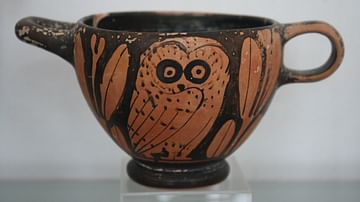
Article
Making and decorating Athenian black- and red-figure vases
The first stage in making a pot is to dig the clay out of the ground. Pieces of grit or plant matter must be removed before the clay can be used. This was done in ancient times, as it is today, by mixing the clay with water and letting the...
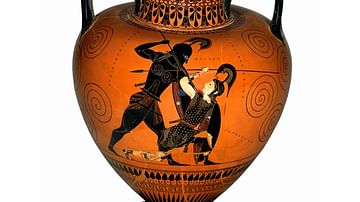
Article
Firing Athenian black and red figure vases
A distinctive red and black colour scheme characterises most of the painted pottery of sixth- and fifth-century Athens. The colours result from the skilful exploitation of the high iron content of Athenian clay by an ingenious process of...
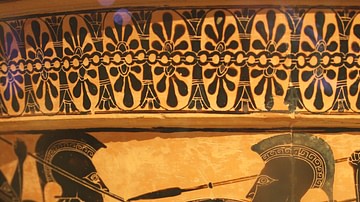
Definition
Black Figure Pottery
Black figure pottery is a type of Greek pottery named after the colour of the scenes painted on vessels. It was first produced in Corinth c. 700 BCE and then adopted by pottery painters in Attica, where it would become the dominant decorative...
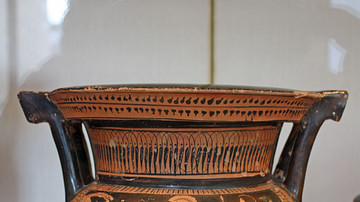
Article
Greek vases: names, shapes and functions
The system of names used today for Greek vases has quite rightly been described by one leading scholar as 'chaotic'. Many of the names were first applied in the eighteenth and nineteenth centuries by scholars who tried to fit the names of...
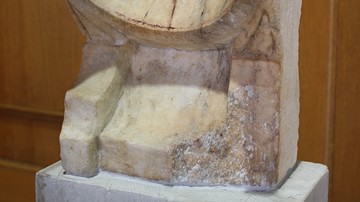
Article
The Athenian Calendar
The term “Athenian Calendar” (also called the “Attic Calendar”) has become somewhat of a misnomer, since Ancient Athenians never really used just one method to reckon the passage of time. Athenians, especially from the 3rd Century BCE forward...
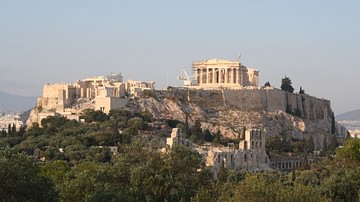
Definition
Athenian Democracy
Athenian democracy refers to the system of democratic government used in Athens, Greece from the 5th to 4th century BCE. Under this system, all male citizens - the dēmos - had equal political rights, freedom of speech, and the opportunity...
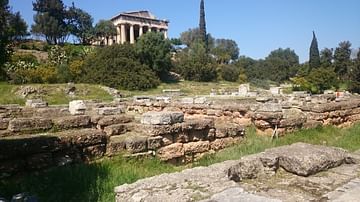
Article
Pericles & the Restoration of the Athenian Agora
The agora of Athens developed from the 6th century BCE until it was destroyed in the Persian invasion of 480 BCE. Afterwards, the statesman Pericles (l. 495-429 BCE) used funds from the Delian League to restore it as the physical manifestation...
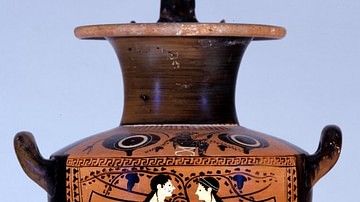
Definition
Ancient Greek Pottery
Greek pottery has four main types: Geometric, Corinthian, Athenian Black-figure, and Athenian red-figure pottery. Pottery vessels were made for everyday use such as the two-handled amphora for storage, the single-stem kylix cup for drinking...
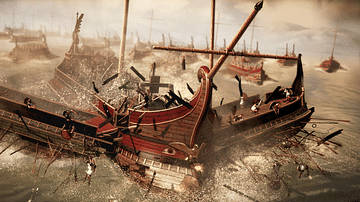
Article
The Delian League, Part 6: The Decelean War and the Fall of Athens (413/2-404/3 BCE)
This text is part of an article series on the Delian League. The sixth and last phase of the Delian League begins with the Decelean War, also referred to as the Ionian War, and ends with the surrender of Athens (413/2 – 404/3 BCE). The...
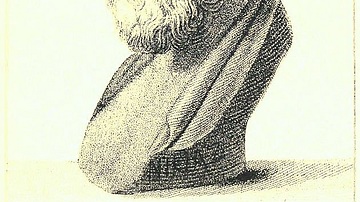
Definition
Nicias
Nicias, or Nikias (c. 470-413 BCE), was a wealthy Athenian politician and general during the Peloponnesian War (431-404 BCE). He became established as a prominent political leader of the aristocratic faction in Athenian politics and generally...